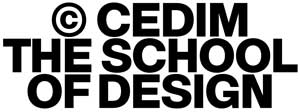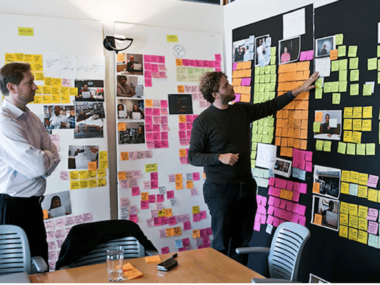If we do not change our direction, we are likely to end up where we are headed.” Chinese Proverb
Every day, thousands of air flights carry passengers to their destinations. While flights commonly encounter turbulence, this is expected so easily and safely managed by flight crews. However, on occasion, flights encounter conditions that involve a “Perfect Storm” defined as unexpected severe turbulence. This can result in catastrophic events, one horrific example of which was Air France Flight 447 a passenger flight from Rio de Janeiro, Brazil to Paris, France which crashed on 1 June 2009 killing all 228 passengers and crew on board. In Perfect Storm conditions, understanding and experience of the flight crew to make the right split-second intuitive choices is the difference between safety and catastrophe.
Like commercial pilots flying airplanes who encounter severe turbulence, many businesses, organizations, and program leaders are experiencing a Perfect Storm right now.
Elements of the Perfect Storm
Today’s Perfect Storm is a product of an exceptionally new and rare combination of unforeseen circumstances. These are producing dangerous business disruptions that drastically exacerbate already perilous business situations characterized by an increased rate of change, uncertainty, and dynamic complexity.
Like pilots who are described as possessing formal education and theory, and a great deal of tacit understanding about the complex environments in which they operate, systems must be designed to enhance performance capabilities for the complex contexts in which business decision-makers and leaders operate. This is important because complex systems are emergent, unpredictable and require decision-makers to anticipate and resolve unforeseen contingencies which threaten system performance. Standard operating approaches and traditional go-to best practices are inadequate to address the kinds of disruptions now being experienced.

Analogous Learning
What can an advertising executive learn from a vegetable farmer? What can a hospital administrator learn from a high tech start-up?
The answer is…more than you might expect!
I was recently reminded of the power of analogous learning as I accompanied a group of high potential business (city) people on an immersion experience to an organic, sustainable community farm. At first the business leaders seemed rightly skeptical about the value of spending a day with farmers. However, within one hour of beginning the experience, it became clear the many connections that they shared — managing interdependencies of resources, communicating across teams, maintaining customer focus, and creating environments where ideas are nurtured and things (read: products and services) thrive.
Analogous learning is, quite simply, learning from situations and people that are different from your own but share similar attributes. It entails exploring uncommon places for best practices, finding new ways of looking at the paradoxes of management and, most importantly, reinvigorating leaders. The boundaries of analogous learning are set only by the degree of one’s openness and curiosity.
Like weaving a calico quilt, analogous learning involves linking individuals from vastly different industries in deep conversations about their common pursuits around growth, innovation, change, operational excellence and, ultimately, leadership. I am consistently inspired by the quality of dialogue that occurs when thoughtful leaders from different industries and settings are put together. Unscripted and genuine, these conversations quite often reveal essential truths and insights around leading organizations and teams that are agnostic of industry, geography or market maturity.
How is your organization leveraging analogous learning in developing leaders?

Design Thinking’s Role
Today’s complex business challenges cannot be overcome by the application of reductionist thinking, linear strategic approaches, or by top-down management styles; yet, repeatedly these are being implemented by organizations attempting to cope with Perfect Storm situations! Instead, leaders and managers should be applying a combination of Design and Systems Thinking which replaces reductionism with expansionism and provides better understanding of complex situations, and of complex organizations.
New ways of thinking, organizing and co-evolving are needed. In John Pourdehnad’s webinar, he will provide you with an overview of the knowledge and the tools required to develop these critical capabilities. You can watch his full webinar down below:
About the speaker
John Pourdehnad is a recognized educator/consultant/researcher in strategic management and change. He has used systems thinking as a worldview and design thinking as a methodology to dissolve complex interactive problems. From 1979 until 2009, John, first as a student and later as an associate of Russell Ackoff, worked as a consultant in a broad range of industries. He helped management and leadership teams develop strategic plans and transformational roadmaps. Since 2016, he has been a systems and design thinking professor in the Doctor of Management in Strategic Leadership and Ph.D. in Complex Systems Leadership at Thomas Jefferson University.
He received a B.Tech. degree in Mechanical/Production Engineering from Brunel University London. John also and earned a Ph.D. in Social Systems Sciences from the Wharton School at the University of Pennsylvania. He has received several awards and honors for his work, including the Highly Commended Award from Literati Club and membership in the Council on International Competitiveness Development Program at the National Research Tomsk State University in Russia. In 2008, he was awarded a Fulbright Scholarship to engage in a project to design a graduate program in organizational excellence at the New Bulgarian University in Sophia. He has presented keynote speaker lectures mostly on complexity, systems thinking, and design thinking for many institutions.











